Edições Impressas
22 de agosto de 2025
Brazil | New app teaches indigenous languages in fun way – Level 2
Article published on Joca 246

Researchers from the University of São Paulo (USP), in partnership with the University of Tübingen in Germany, are developing an app that will function as a game to teach endangered native languages (i.e., spoken by indigenous peoples). Called BILingo, the technology is made in collaboration with indigenous peoples and uses artificial intelligence.
The first languages integrated into the app are Bororo, from an indigenous group in the state of Mato Grosso characterized by a rich ceremonial life, and Makurap, from indigenous people living in Rondônia.
In both cases, the languages are at serious risk of disappearing if nothing is done. The reason for this is that the populations of both indigenous groups have declined drastically over the years, and younger people in the villages have developed the habit of communicating in Portuguese. When a language dies, so do its teachings, stories, culture, and a certain worldview. According to a study published by the United Nations Educational, Scientific, and Cultural Organization (UNESCO), at least 40% of the 7,000 languages spoken worldwide are at risk of extinction—most of them indigenous.
How this Will Work
First, teams led by Fabrício Gerardi and Gustavo Polleti catalogue words and phrases from these languages. Based on this study, they are developing an app that will function as an interactive game. Users will reproduce phonemes, complete sentences, translate words and learn along the way. They will also earn points and unlock new levels.
“I believe an initiative with this amount of data and intensity is unprecedented,” Gerardi said in an interview with UOL. “The collaborations involve those with linguistic expertise working with indigenous communities. We provide the layout, and the content is created by them.”
The idea is based on Duolingo, an app launched in 2012 to teach languages in a fun way. Although widely used for learning English and Spanish, for example, it does not have a collection of indigenous languages.
BILingo is expected to launch in 2026 and is a non-profit initiative.
Brazilian Indigenous Languages
According to the Brazilian Institute of Geography and Statistics (IBGE), there are 274 indigenous languages spoken by people that belong to 305 different ethnic groups in Brazil. However, 500 years ago, there were over a thousand.
Sources: UOL, Indigenous Peoples in Brazil, Bororo Virtual Museum, IBGE, and Gov.
Ixi! Você bateu no paywall!
Ainda não é assinante? Assine agora e tenha acesso ilimitado ao conteúdo do Joca.
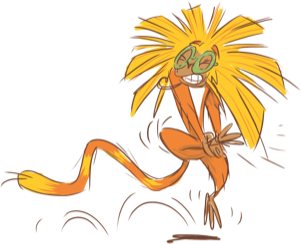
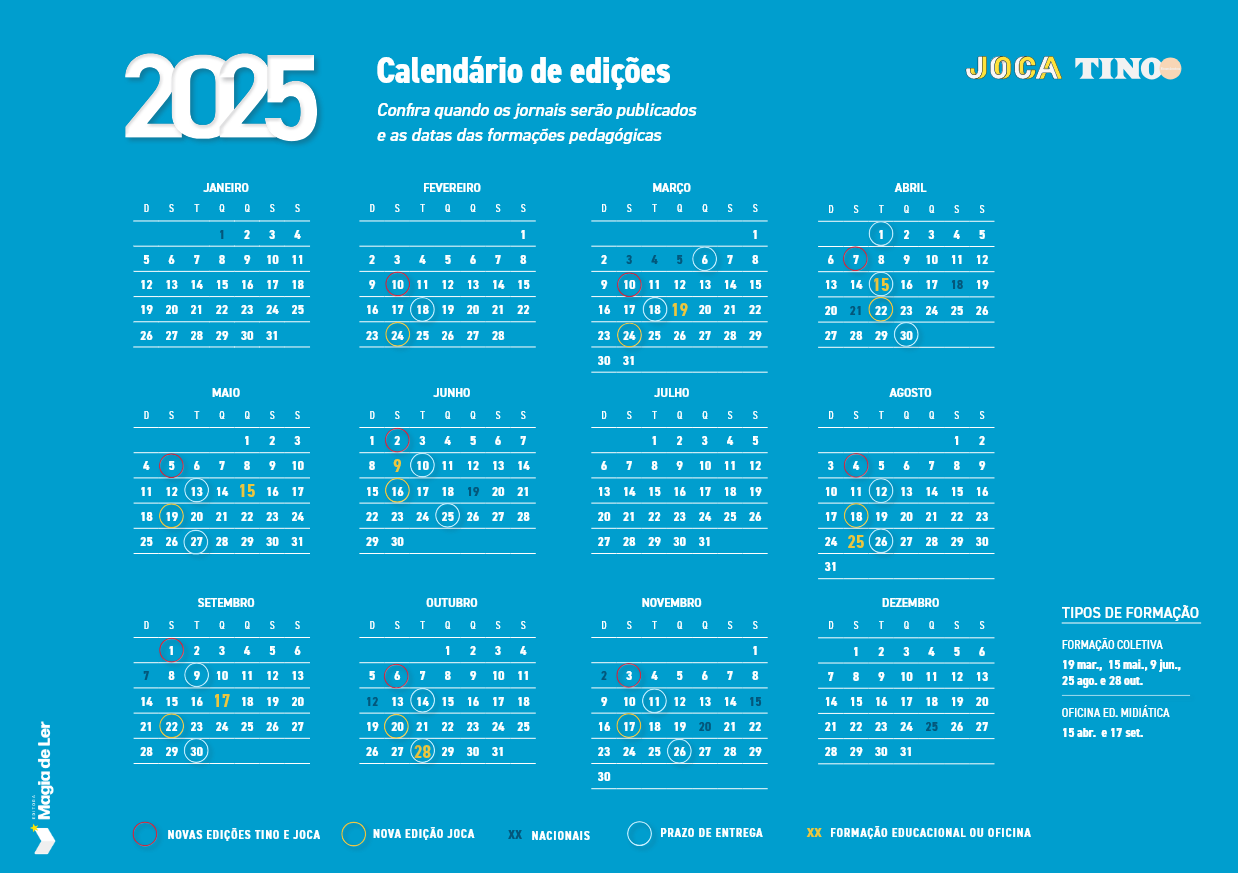
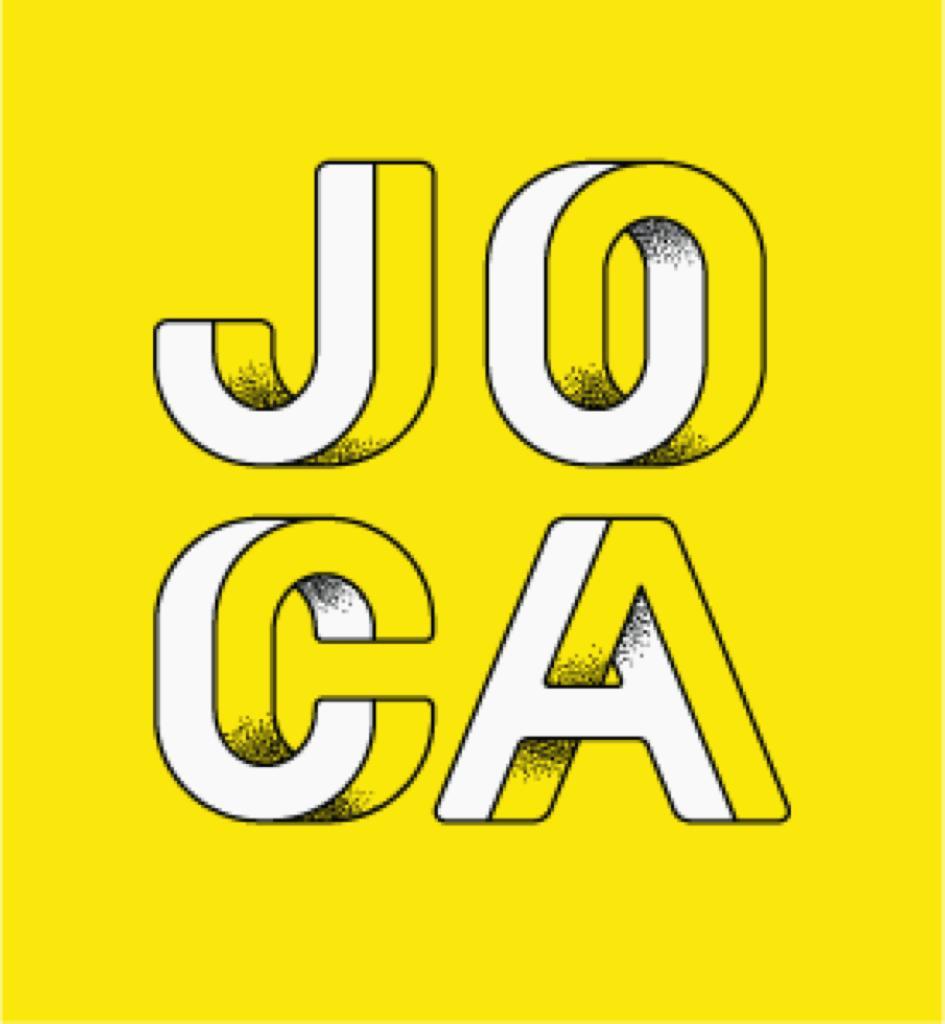


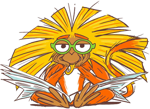
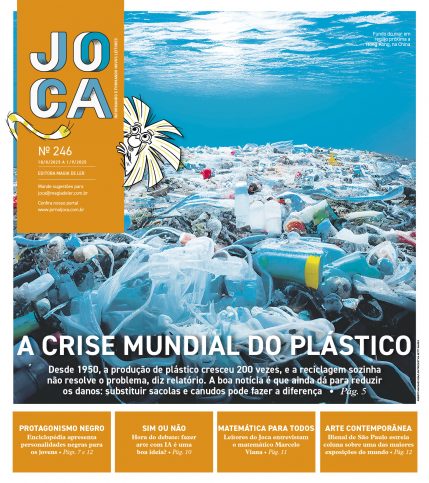

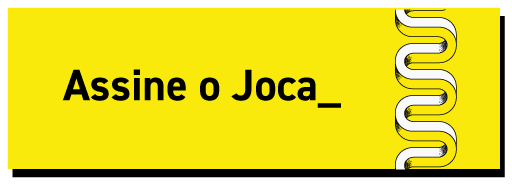



Você precisa fazer o login para publicar um comentário.